Review: Primo Oval XL

My experience with grills was limited growing up and the first time I used one myself was in college. Our dorm had an annual outdoor BBQ, using a large two foot by five foot charcoal grill. Each year the grill was started by laying out a copious amount of quick-start briquettes and then dousing it all in lighter fluid.
Needless to say this wasn’t the safest exercise, and I remember my friend Paul getting a bit singed one year trying to light the fire. Even once the grill was lit there was no temperature control, so everything ended up well done and with the familiar flavor of lighter fluid.
After college I was introduced to more standard charcoal grills, such as the prototypical Weber kettle grill. These grills have reasonable temperature control through strategically placing the charcoal and then controlling the air vents, but they still take a lot of time to man and ended up with lots of ash cleanup at the end.
Choosing a Ceramic Grill
A former neighbor of mine has a Kamado Grill, but I hadn’t initially been thinking about getting a grill like that. It looked like it had a relatively small cooking area and seemed to take a long time for him to cook.
When I started to search for different grill options, I was reminded of my neighbor’s grill and stumbled into the world of ceramic charcoal grills. As I read more about them, they seemed too good to be true. Ceramic charcoal grills have all of the benefits of charcoal cooking, but are relatively easy to control and resulted in little ash. I learned that the relatively long cooks my neighbor did were actually a feature… Ceramic grills are capable of 800-1000 degree thin-crust pizza, 500 degree steaks, or, in my neighbor’s case, 225 degree slow cooked BBQ.
The traditional Japanese Kamado grill is what all modern ceramic grills are based on. These are built-in clay ovens that were fired with either charcoal or wood. The first Kamado-style grills were brought to the US in the 1960s, and several manufacturers still focus on the traditional round Kamado shape.
The Primo Oval XL
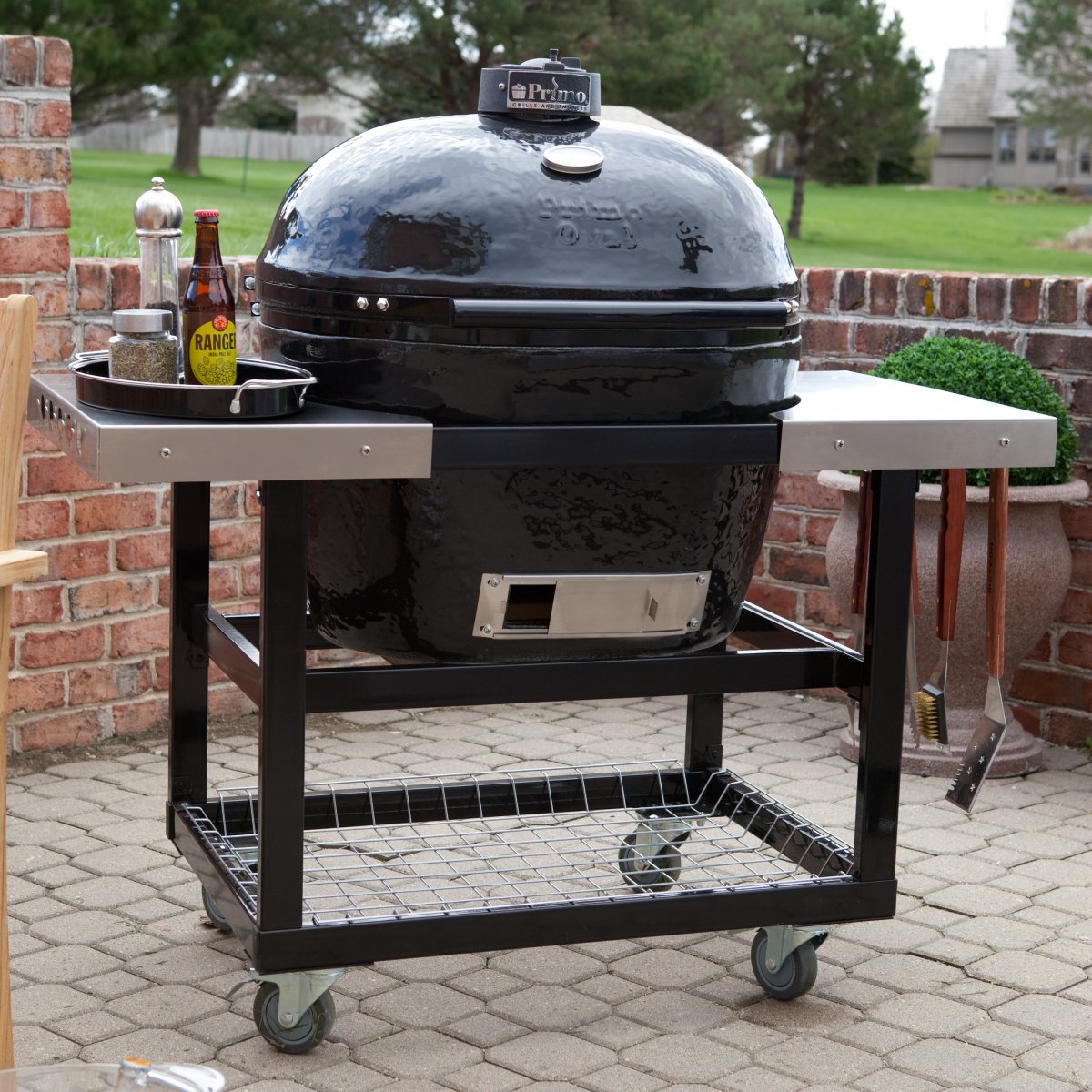
Primo Oval XL in Stainless Steel table |
Primo Grills make a line of ceramic grills with a slight twist from the traditional kamado-style grill… The cooktop is oval. While a subtle difference, the impact is dramatic. The shape results in two key differences in the usability of the Primo oval grills.
The first difference is that there is a large increase in usable cooking surface without either increasing the weight of the unit substantially or altering the overall design. For example the BGE XL size has a slightly larger main grill size of 452 sq-in, but the flatter lid doesn’t allow for a full second cooking rack as the Primo Oval XL has.
The second difference is that it is much easier to do offset cooking. The Primo grills can split their firebox, allowing the fire to be set on one side and the food to be placed on the other. On the Primo Oval XL one can easily fit two pork butts on the main cooking surface in the offset configuration, while still leaving room on the optional second cooking rack.
After realizing the advantages of the Primo Oval XL, I visited a local dealer to see it in person and decided to buy one.
Lighting the fire in the Primo
The one thing to know about cooking on a ceramic charcoal grill is that you will void the warranty if you use lighter fluid, either directly or in the form of quick-start briquettes. The ceramic will soak up the flavor of the lighter fluid and you will forever more be tasting lighter fluid in your food.
The good news is that it is entirely unnecessary to use lighter fluid in a ceramic grill. Standard lump charcoal, which is only a little harder to find than the ubiquitous quick-start briquettes, is extremely easy to light. The key thing to understand is that you don’t need or want all of the charcoals to be going at once. The temperature would be far too high for most of your needs.
There are several ways to start the fire. Some people like to take a handful of charcoal and use a charcoal chimney to light those. They then put the lit coals on top of the bed of charcoal that they put in the grill. Others like to use a propone or MAPP gas torch to light a few spots in the grill. I go an even simpler route… I rip off a couple of paper towels, dip them in vegetable oil, and light them once I’ve placed each of them under a piece of charcoal. My method will take maybe 5-10 minutes longer to get up to temperature, but it has served me well.
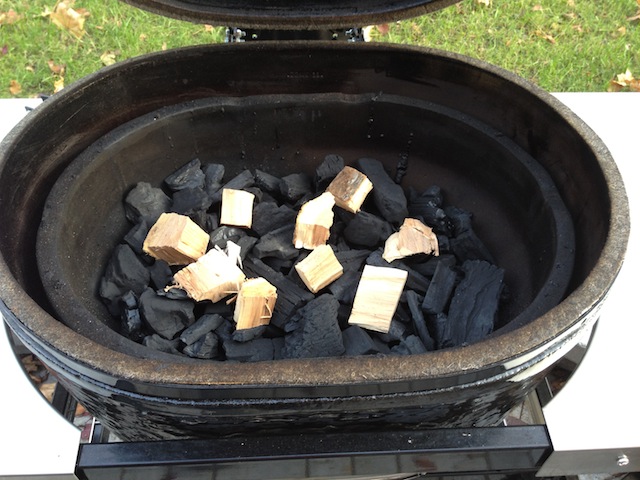
Charcoal and smoking wood ready to be lit |
Cooking on the Primo
While I do occasionally use the entire surface area of the Primo, I much more frequently take advantage of the split firebox to do indirect cooking. Below you can see an example of one of these offset cooks. I have removed half of the main grill surface, put in the firebox divider, and added half of the top rack as well to allow me to comfortably grill two 6.5 pound brisket flats.
Although the offset setup only allows me to use half of the firebox, that amount of charcoal can easily allow me to run for the 12-18 hours I’ll need for a long slow cook. In fact, I typically use a method which runs the grill even cooler over night to intentionally lengthen the cook. There isn’t a difference in the end product, but starting earlier means I can time things to end for dinner while not having to change my sleep schedule at all.
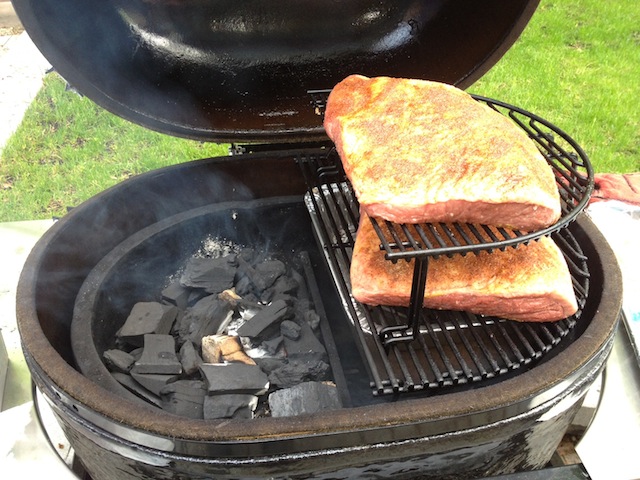
Offset cooking on the Primo Oval XL |
Temperature Control
Temperature control on the Primo Oval XL is very simple. There is a vent at the bottom that lets air in and a vent at the top that lets air out. You control the temperature by controlling these vents, which ultimately changes the amount of oxygen that gets to the coals. It takes very little airflow to get to normal slow cooking temperatures… 180-250F. For that temperature range, the top vent is open approximately 1/16th of an inch and the bottom vent is open maybe 1/4 of an inch.
The tricky part in learning how to adjust the temperature in a Primo grill is having patience. It takes a long time for you to see the results of your actions, so it is very easy to oversteer. It will typically take 15 minutes to see the full impact of a change you make. Once you get the hang of it, it is pretty easy to dial into a particular temperature range.
Over a long period of time, and a typical brisket cook will last 12-18 hours for me, changes in the wind or charcoal burning patterns can result in slow shifts in the temperature range on the grill. Originally I monitored the grill using a remote thermometer. On a long cook I’d tend to go out 2-3 times to make small adjustments to the grill.
After I was confident that I had mastered temperature control in long cooks, I decided to make my life easier and got a BBQ Guru temperature controller. The controller has a temperature sensor that sits in the grill and a fan connected to the lower vent. The controller drives the fan just enough to maintain the proper grill temperature. It is important that the controller learns the dynamics of your grill, and the BBQ Guru does a great job of that on the Primo. With the BBQ Guru controller looking after things, I can confidently leave the grill going while I sleep or go out to run errands.
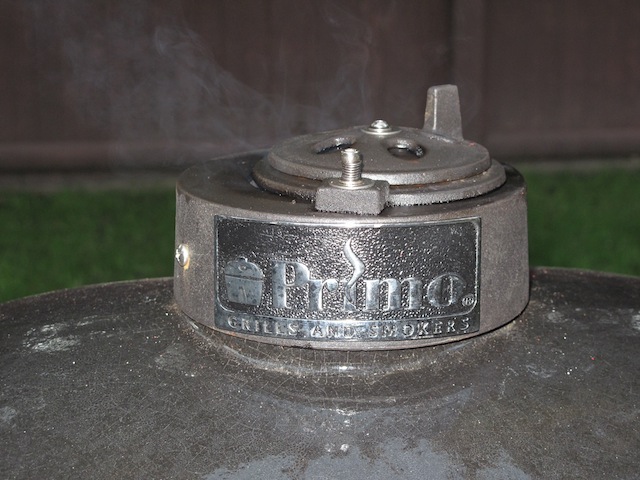
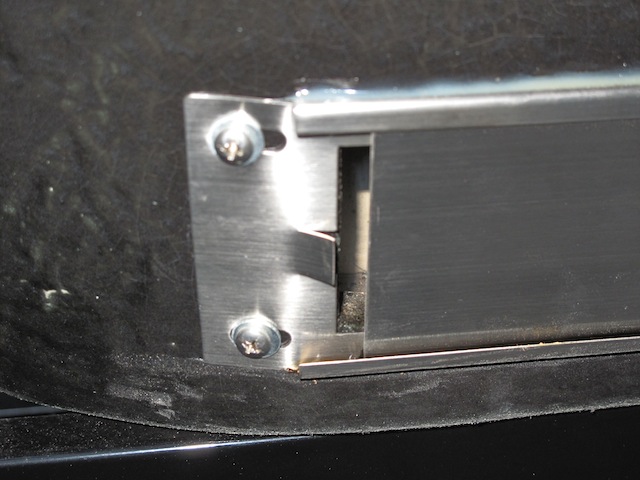
Typical vent settings for slow cooked BBQ |
Summary
Overall I couldn’t be happier with my purchase of the Primo Oval XL grill. When I originally planned to purchase a grill, the picture I had in my mind was having people over and cooking hamburgers and steaks. While I do occasionally cook hamburgers and steaks, the Primo has opened up a whole new world of BBQ to me. I’m much more likely to be slow cooking a brisket or pork shoulder than I am grilling steaks.
It isn’t that the Primo doesn’t do an amazing job on normal grill food, because it does. In fact, my wife often chides me when I order a hamburger at restaurants as they just can’t hold a candle to the wood smoked flavor and sear I can get on the Primo.
The reality is that doing slow cooked BBQ is just too simple to not do it. A typical cook will take at most 10 minutes to prepare the meat, 15-30 minutes to get the grill ready, and then in 12-18 hours I have a fantastic meal for my friends and family to enjoy.
Since a picture is worth a thousand words, how about a few pictures showing what is possible with the Primo Oval XL… Enjoy!
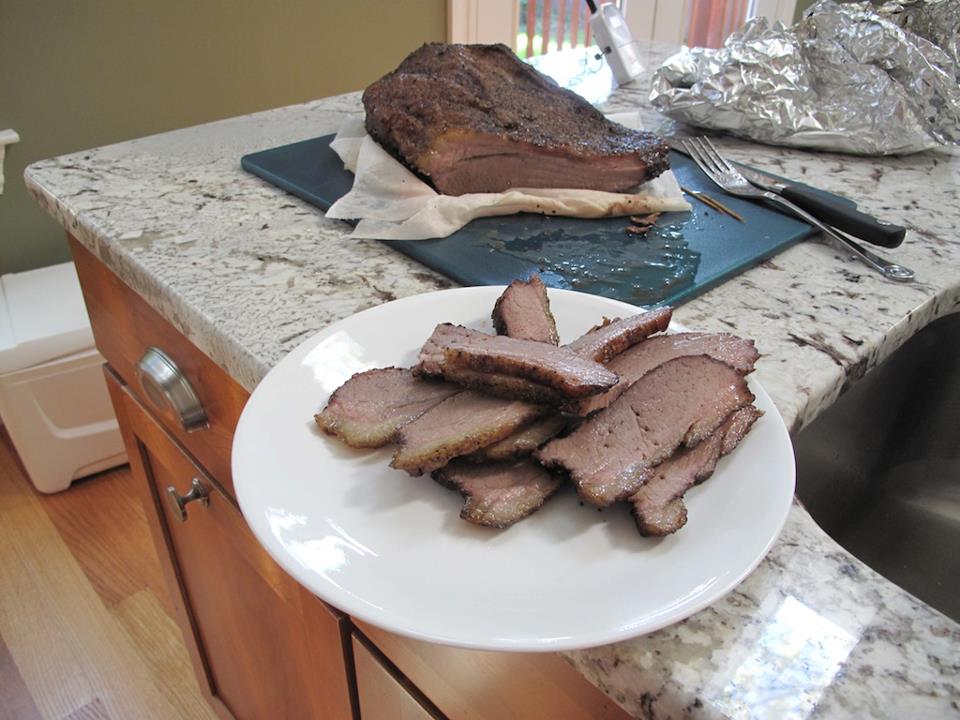
Sliced brisket hot off the grill |
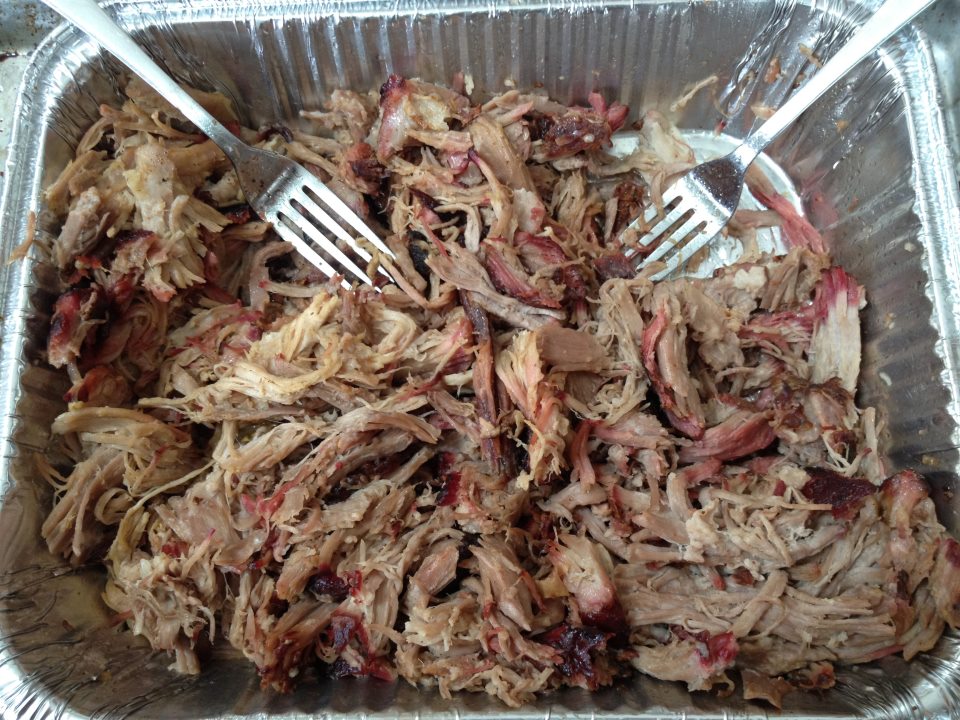
Juicy pulled pork |
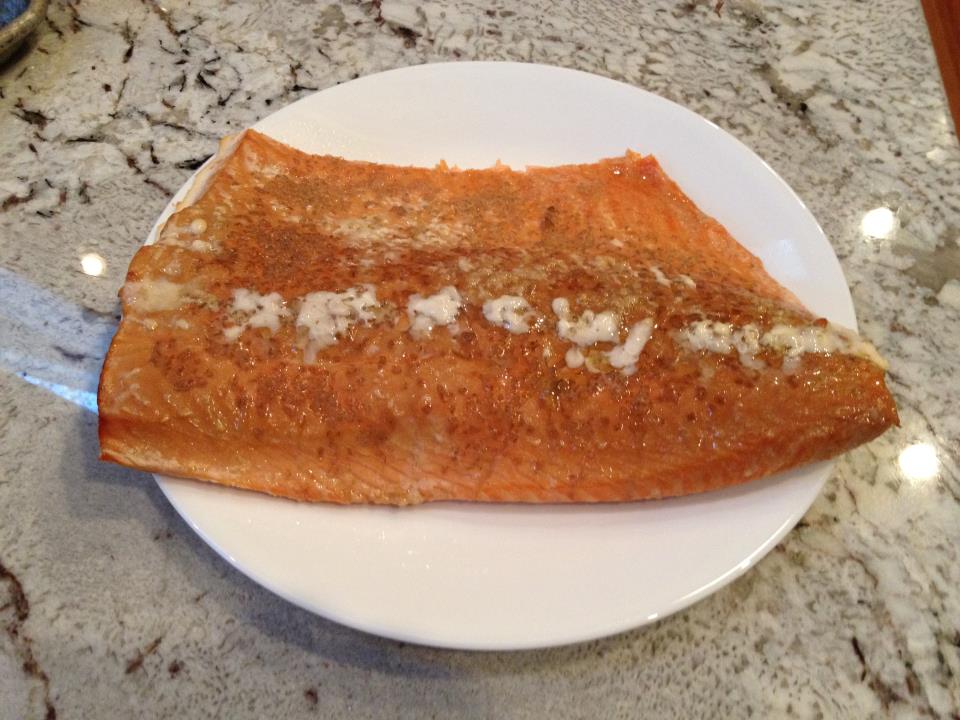
Applewood BBQ'd salmon with bamboo infused sea salt |
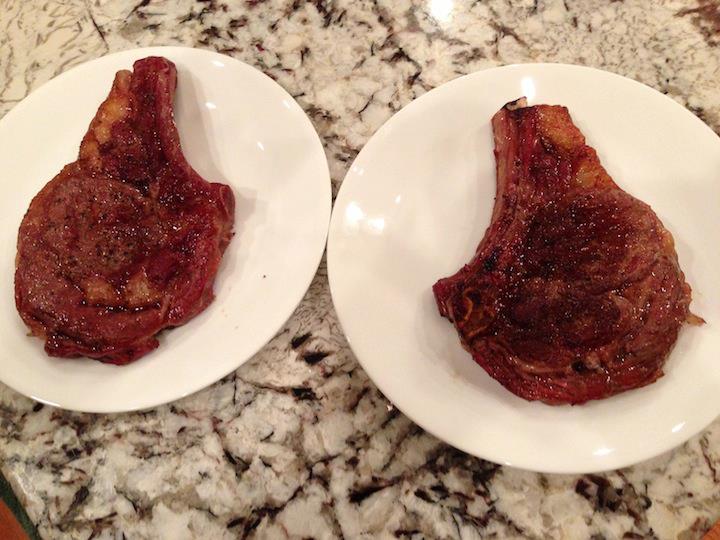
Beef. It's what's for dinner. |